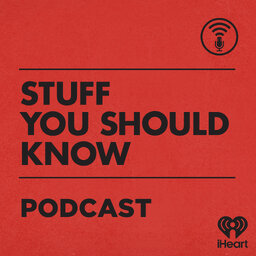How Attachment Theory Works
A theory in the field of psychology has become so pervasive, it’s generally taken on faith that it’s true. It says that how your parents respond to you during a short window in your infancy has lifelong effects on your personality. Could this be correct?
 Stuff You Should Know
Stuff You Should Know


